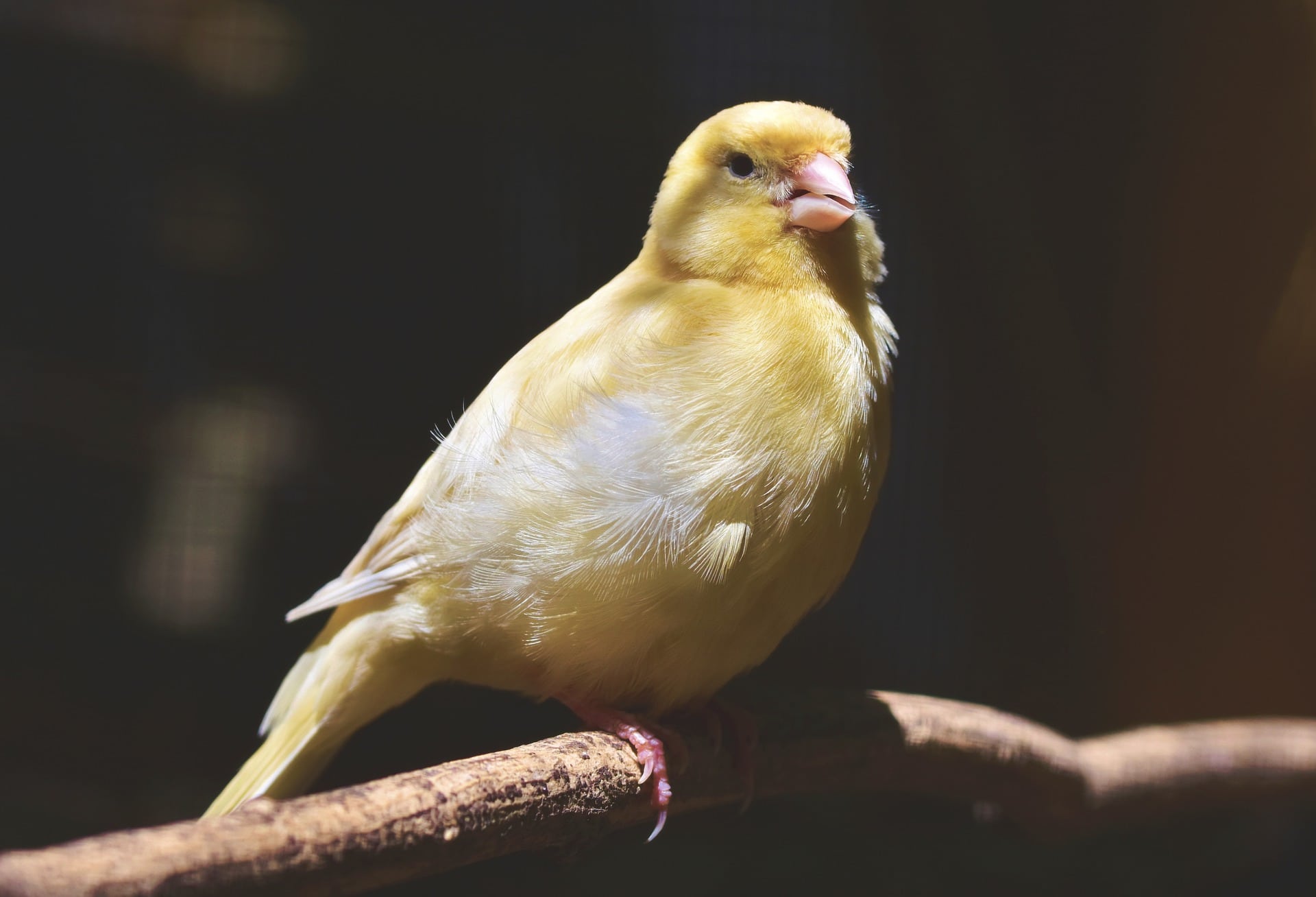

When it comes to birds, many species can make for a great pet. They’re all unique in their own way, which is the best part.
They also require less care and maintenance than other pets, such as dogs or cats, and they’re more independent, so you don’t have to interact with them as much. However, if you do decide to add one of these feathered friends to your family, you will enjoy the companionship they provide for years to come.
Here’s a list of the top 5 bird species for beginners in need of a pet.

1. Conures
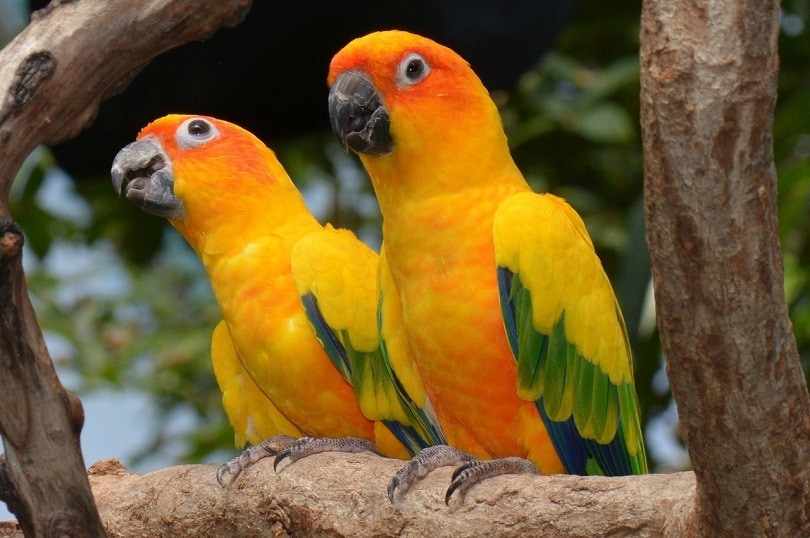
Conures are a loose term for various species of small parrots found in South and Central America. The word “conure” is derived from the Portuguese term “Conuro,” which means parrot. There are many types of conures, including the Green-cheeked Conure, the Lilac-crowned Parakeet, the Jenday Conure, Sunburst Conure, and the Nanday Parakeet, just to name a few.
These birds make for ideal pets because they talk well and they are highly energetic. Also, they can live up to 30 years, so you have plenty of time to bond with them. The only downside is that since conures are on the bigger side (averaging 15 inches long), they require a large cage or aviary where he/she can fly freely around.
Feeding
Conures need a diet of hard-shelled fruits, raw veggies, and pellets. They are also very messy so expect to spend some time cleaning their cage or aviary; however, if you’re not bothered by it, then this is the bird for you. Always keep fresh water in their cage or aviary so they can drink freely.
Training
Training your conure is also relatively simple. Just make sure to keep its cage or aviary in a quiet room with no distractions so it can concentrate. They are smart enough to learn tricks from some basic training tools such as clickers.
Some conures can be taught to mimic human speech, dance (when trained with dancing toys), and so much more!
Pros
- Easy to care for
- Very tame
- Socialize well with humans
- Fun to own
Cons
- Messy eaters
- Loud at times (depending on the species)
- Big birds require lots of space in the cage or aviary
2. Cockatiels
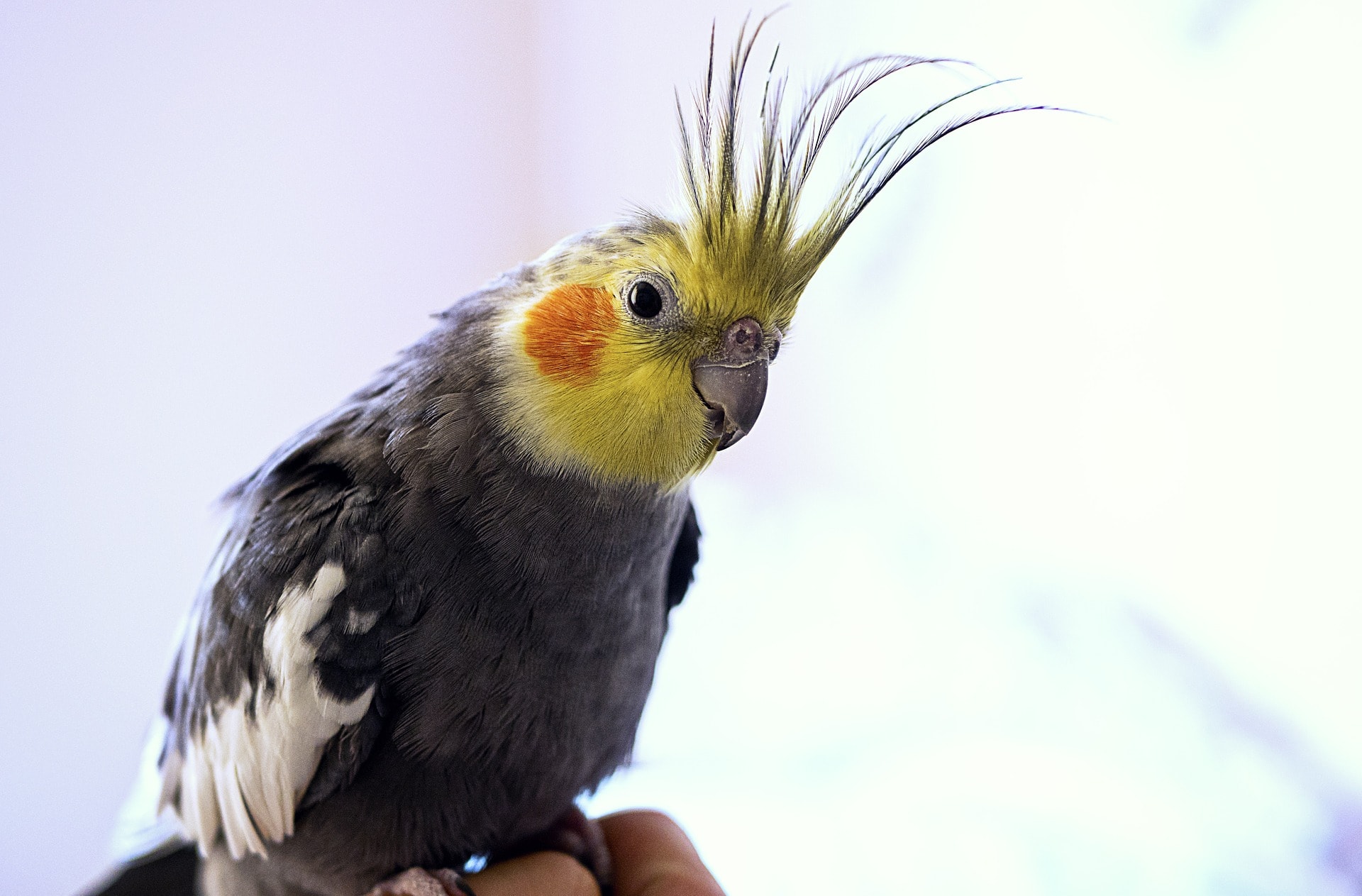
Cockatiels are cooky birds, recognizable by their crest. They are originally from the mainland of Australia, though their popularity has transported them across the globe.
Cockatiels make lively pets as they are full of energy. They love interacting with humans, so you can easily teach them tricks such as talking, singing, whistling, etc. Also, they’re quite easy to feed since all they drink is water, and all they need to eat are seeds and veggies. Be sure to keep their cage clean at all times and replace their toys regularly, as these birds like to chew on things.
To help your new pet settle in faster to his new home, consider getting a bird stand or an extra cage and keeping it in a room of your house. Place his cage near your TV or computer where he can see you during the day and get used to your face, voice, and smell.
Feeding
Cockatiels should be fed pellets to help them grow strong, along with fresh veggies and fruits such as apples, oranges, grapes, berries, cantaloupe, and carrots. They can also benefit from millet spray as a treat, but make sure not to overdo it since the millet sprays are very high in calcium which can cause kidney issues for cockatiels.
Training
Since cockatiels like interacting with humans, you can easily teach them tricks such as talking or whistling after some time of practice. However, if you want him to do more complex tricks, it’s best to purchase a training tool such as clickers or whistles.
Pros
- Long-lived
- Easy to train and handle
- Talkative
Cons
- They chew—a lot!
- On the bigger side, so need more space
3. Canaries
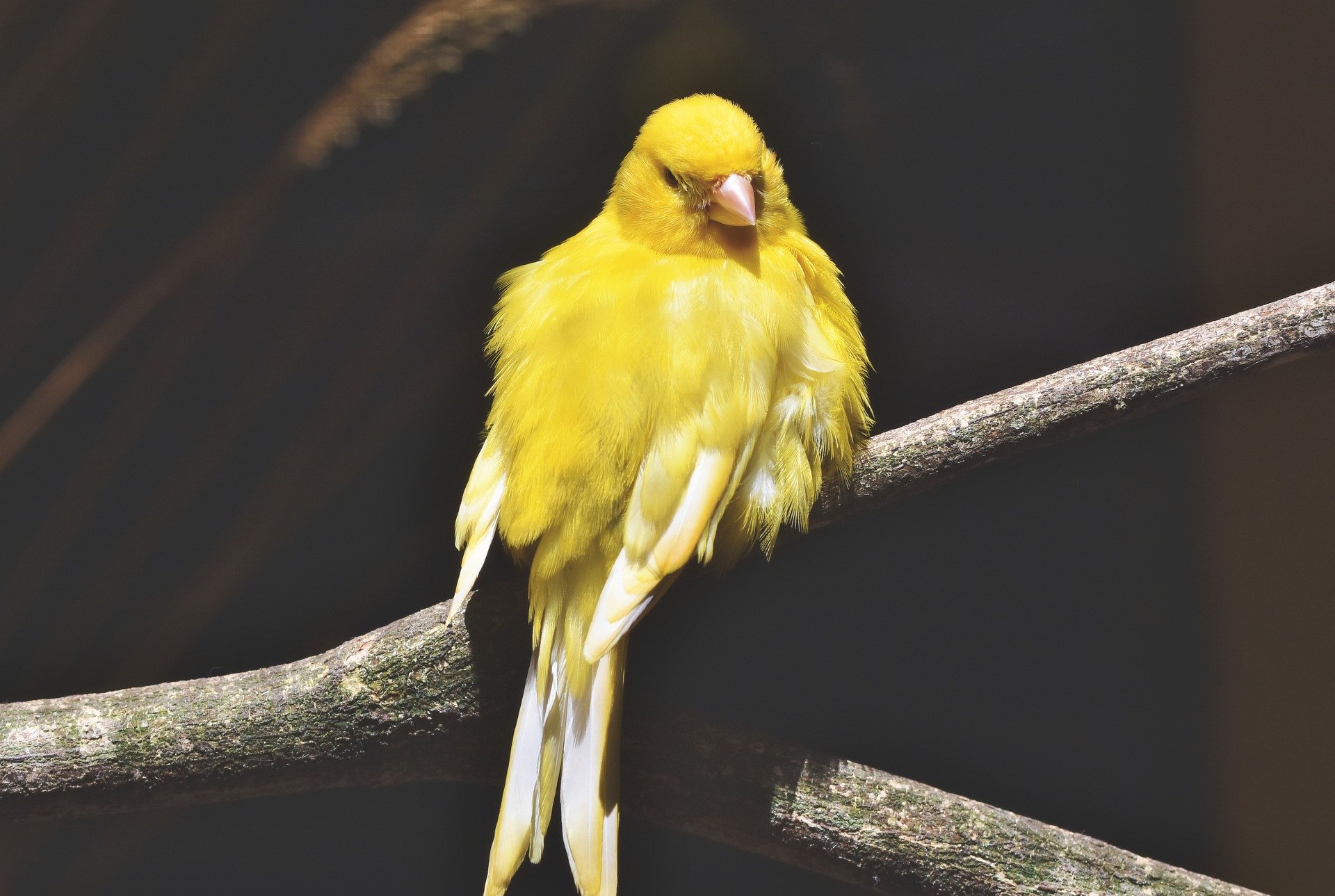
The canaries are a hallmark pet for beginners because they are quite easy to take care of. They eat mostly fruits and veggies instead of pellets and require minimal attention since all you need to do is clean their cage regularly.
The canaries don’t tend to live for more than ten years, which is nothing compared to large parrots, which can live for up to 100 years! This is a much smaller commitment to make but also leads to a faster heartbreak.
These birds are also very social creatures, so if you want them to be happy, then get yourself a buddy because they need company most of the time.
Although canary birds are quite small, they have a very nice singing voice, just like their counterpart parrots. However, there is a way to make your canary sing: Just place him on a swing and that usually gets them going!
Feeding
Canaries are partial to fruits and veggies, so you can feed them seeds along with fresh fruit and veggie treats. Be sure to choose a well-balanced diet that includes lots of vitamins and minerals along with all their nutrients.
Training
Like most pet birds, canaries are smart enough to learn basic tricks such as singing or whistling after some time of practice. If you want more complicated tricks or songs, then consider purchasing training tools such as clickers or whistle devices.
Pros
- Easy to train
- Live for 15-20 years
- Quite affordable to buy and maintain
Cons
- Small and fragile so not ideal for young children
- Sensitive to temperature and noise changes
4. Budgies
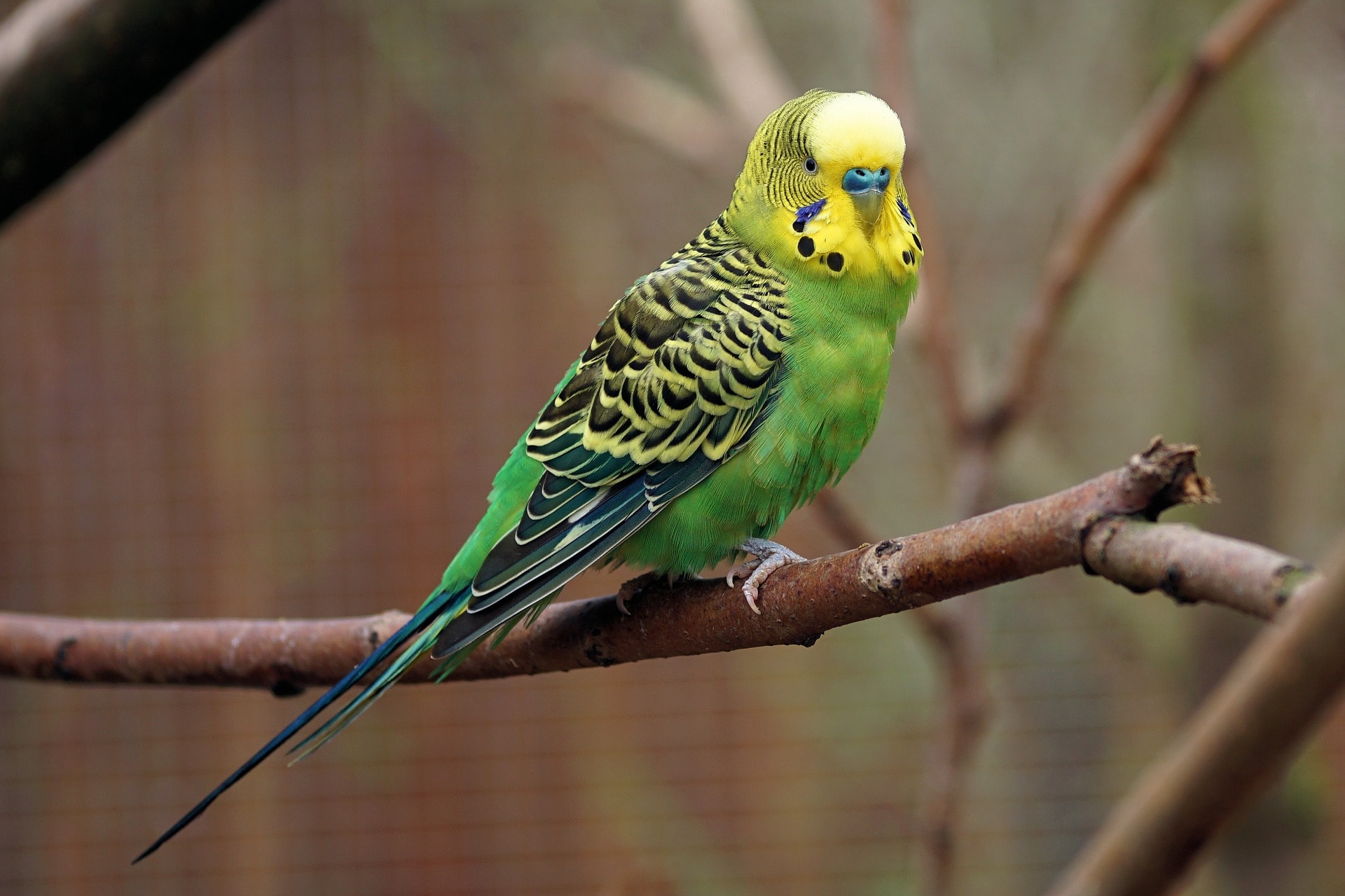
The Budgerigar, also known as the Budgie, is a small-sized pet bird that is very easy to take care of. They are quite affordable and come in different colors, so you can find the perfect fit for your home.
Pair them up with a mirror, so they think there’s another budgie in their cage, and they’ll be more playful. Like most parrots, these birds love interacting with humans, so you can easily teach them tricks such as talking if you’re interested (which isn’t needed but still fun).
You should provide lots of toys to your new buddy; since they love chewing on things. Cage cleaning will be a constant requirement, to remove debris that could harm your pet.
Feeding
Budgies require a balanced, and varied mix of pellets, mixed seeds, leafy greens, and veggies. If you’re worried about him getting bored in his cage, then place some enrichment items such as wooden puzzle toys that make him work for his food!
Training
Training a budgie is not as hard as training some larger species, yet they’re still pretty smart. They can learn their names fairly quickly and love to interact with humans. If you want to teach your budgie tricks or songs (like the canaries), then consider buying him a whistle device or clicker so he learns them faster. You can also let him watch you perform tricks so he mimics you.
Pros
- Simple to take care of
- Live up to 10 years
- Come in different colors (with prices varying)
Cons
- Require lots of social interactions; don’t like being alone
- Chewing on things is natural to them, but can lead to aggression when they feel frustrated
5. Lovebirds
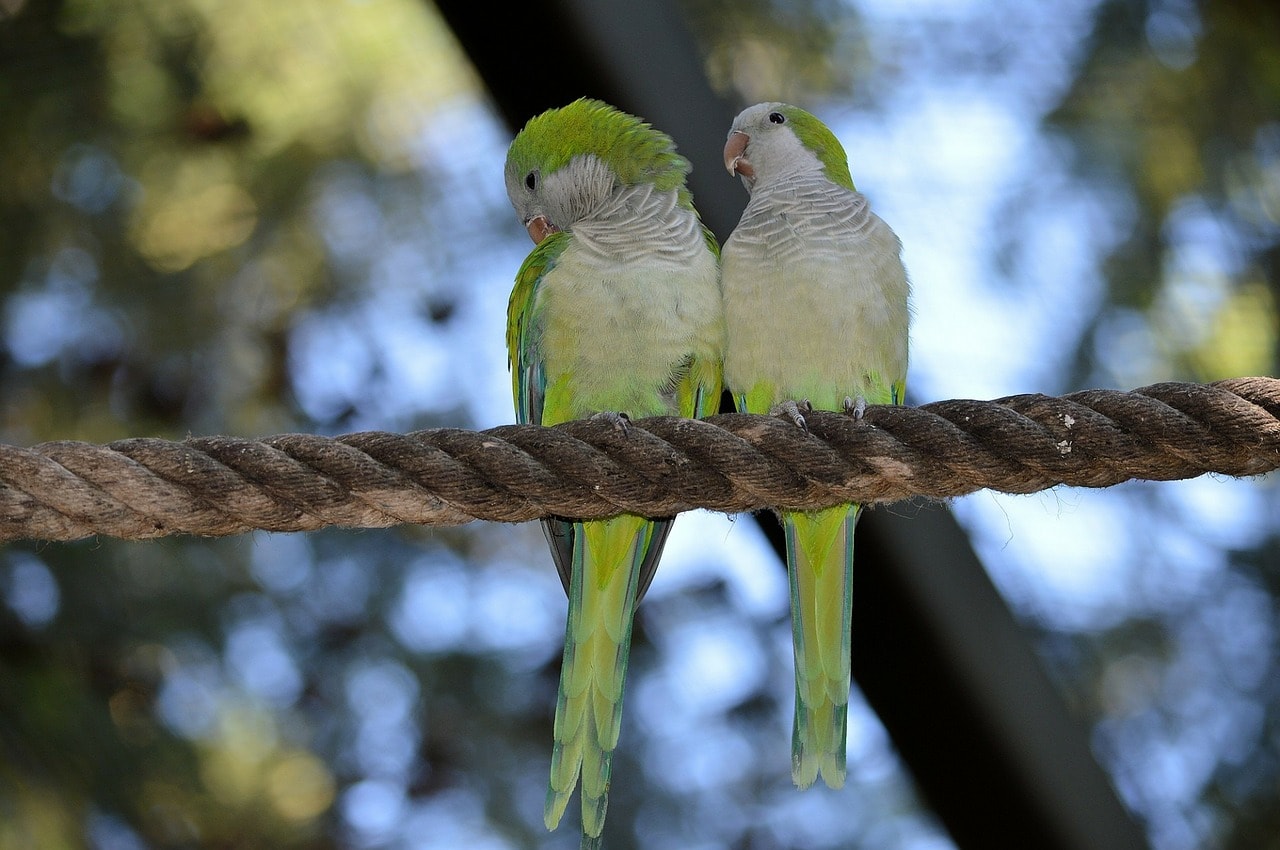
As their name implies, lovebirds are quite playful and social, so you should consider keeping them in pairs. They’re not as loud or messy as other parrots, which makes them a good choice for those who live in apartments; they also require fewer toys than larger birds, so it’s less of a hassle to clean up after them.
They look pretty cool too, with their bright colors and small size, so it’s quite a sight to see them flying freely in the wild. If you’re looking for something that will keep you busy at work, then consider getting yourself an interesting lovebird toy; they can even be trained to do some tricks!
Feeding
A lovebird diet consists of seed blocks, pellets, millet spray, veggies, leafy greens (such as parsley), and lots of fruit treats such as berries and melons. You don’t have to worry much about their diet since most lovebirds eat almost everything you give them (as long as it’s healthy).
The only thing you need to watch out for is them getting too fat, which is rather difficult since they’re naturally skinny. You can let the bird free-feed as long as it maintains a healthy weight. If you notice some extra fluff, then remove the food bowl for a bit (try a day or two), and he’ll lose the weight.
Training
Lovebirds are known for their stubbornness so training them is harder compared to other small birds, but not impossible. If you want to try, then they should first get used to you. Next, slowly start picking them up and interacting with them every time you’re at home (this will make them more comfortable with your touch). After being handled several times, let him out of his cage a few minutes, and soon he’ll be following you around the house. The rest is all on how much time and effort you put into it!
As long as they have proper human interaction, then they shouldn’t bite that often. However, if your lovebird starts biting excessively then, there’s a problem somewhere in its environment.
Pros
- Easy to maintain
- Live in small cages, so it’s easier to clean
- Often don’t need toys, and are less loud than others
Cons
- Can be picky with food
- Can get aggressive if you’re rough while handling them

Conclusion
If you decide to get a bird as a pet, make sure you do enough research on them and their needs so that way when it comes time for you to get one, the transition is smooth for everyone involved. Pet birds are very social animals, and you do need to spend time with them, so make sure you are prepared for this.
The goal of hosting an animal in your home is not to just have something to look at, but rather a companion that will keep cheer you up and be there for you when the days get tough. That’s why picking a pet bird requires some thought and planning ─ if you need some help with this, read our articles on the bird species of your choice, or don’t hesitate to ask us!
Featured Image Credit: Pixabay
Nicole is the proud mom of Baby, a Burmese cat and Rosa, a New Zealand Huntaway. A Canadian expat, Nicole now lives on a lush forest property with her Kiwi husband in New Zealand. She has a strong love for all animals of all shapes and sizes (and particularly loves a good interspecies friendship) and wants to share her animal knowledge and other experts’ knowledge with pet lovers across the globe.






